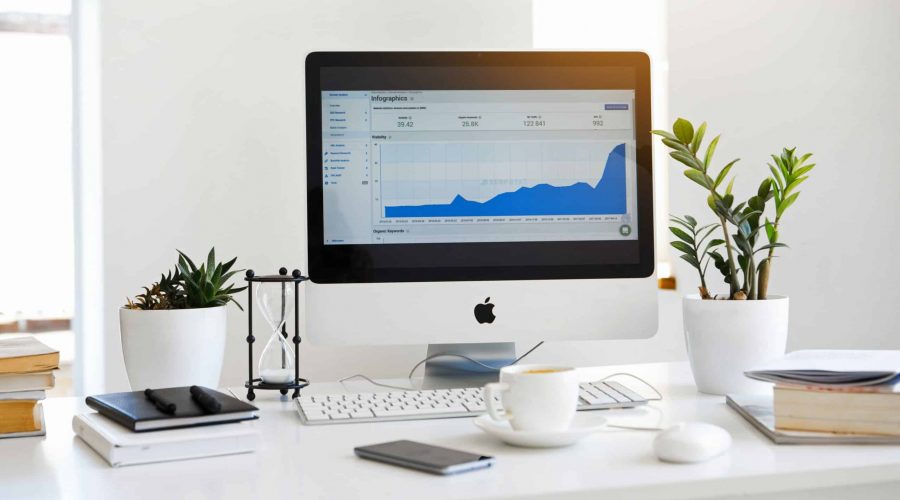Shares can be one of the best investments you can make, but unless you can afford to buy a whole portfolio of stocks, it can also be pretty risky. This is where exchange traded funds come in.
When you buy stocks in one company, you risk losing your entire investment if that company underperforms or faces bankruptcy.
Exchange traded funds or ETFs minimise this risk because they allow you to invest in hundreds or even thousands of companies in one go.
By investing in many different types of companies, the underperforming stocks and sectors are supported by the rest.
And because you only need to make one transaction, ETFs are a much cheaper option than investing directly in numerous stocks.
So what are ETFs?
ETFs are investment funds that have been listed on a stock exchange. This means you can buy and sell them just as you would shares.
Most ETFs track the stock market – these are called “index funds”. When you invest in an index fund, you’re investing in hundreds or thousands of companies that make up a stock market index.
For example, the BetaShares Australia 200 ETF tracks the ASX200 index, which is the largest 200 companies on Australia’s stock exchange (ASX), while the Vanguard S&P 500 ETF tracks the biggest 500 companies in the US.
By investing in an index fund ETF, you get the benefit of holding a diversified portfolio of companies and your wealth goes up if the stock market rises.
Since stock markets historically climb over decades but tend to be volatile year-to-year, ETFs are better as long-term investments.
How to invest in ETFs
One of the main benefits of ETFs is that you can easily and cheaply access them through an online broker or share trading app.
You order them on your account the same way that you would shares, except that you’re investing in ETF units, rather than stocks.
The same costs also apply as when you buy stocks. You pay a brokerage fee every time you buy or sell ETF units and there’s also a minimum initial investment of $500 per ETF.
If you’re not ready to invest hundreds or thousands of dollars, there are now robo-advisors and micro-investment apps such as Raiz and CommSec Pocket that let you invest as little as a few dollars at a time into ETFs.
Robo-advice apps also pick the ETFs for you based on your preferences, so if you’re not sure where to start, these can be a great easy choice.
What are the risks?
Although a safer bet than buying shares, you still risk losing money, especially if you’re not investing over a long time frame.
For example, if you’d invested in an ASX200 index ETF just prior to the GFC, it would have taken around five years for the value of your ETF to recover (including dividends).
If you’d only planned to have your money locked into the fund for a couple of years, you would have lost money. While this is fine if you can afford to wait, it may not be the best choice for anyone planning to cash in sooner rather than later.
The other point to be aware of is that there are many kinds of ETFs on the market these days and not all of them are safe.
ETFs are the same as regular investment funds – they can hold any kind of asset the fund manager chooses, including stocks, bonds, gold or even risky derivative products.
Some ETFs are even used to short the market using leverage, meaning you get double the return every time the market falls. Of course, this also means you see double the losses if it rallies. Talk about a risky buy.
As with any investment, ETFs have both pros and cons. It pays to do your research (read the PDS!) and really understand how to make them work for you before you invest away your savings.
















